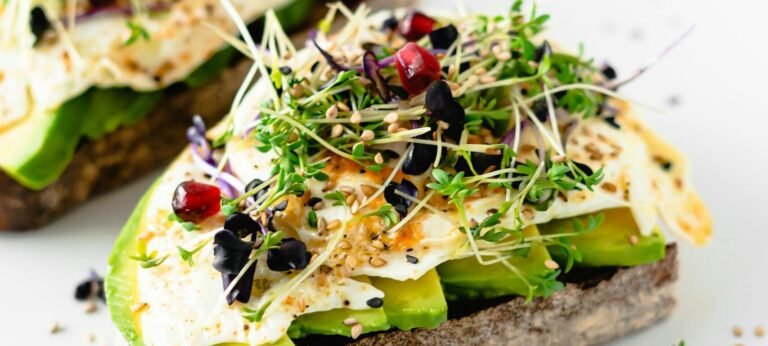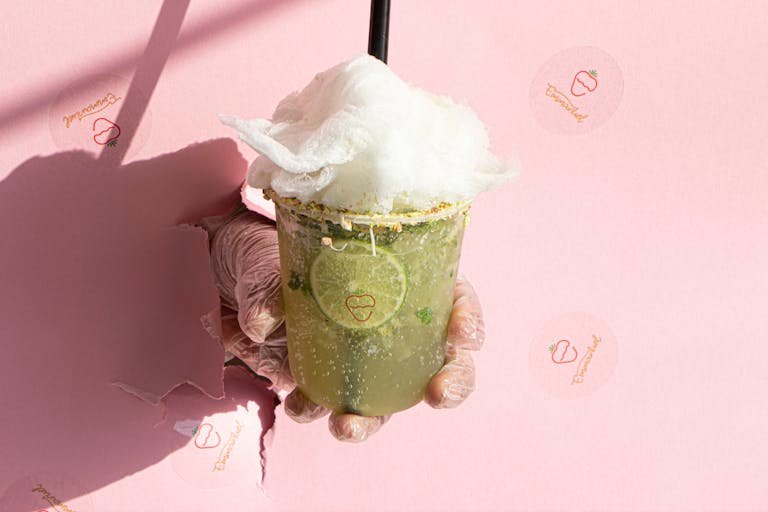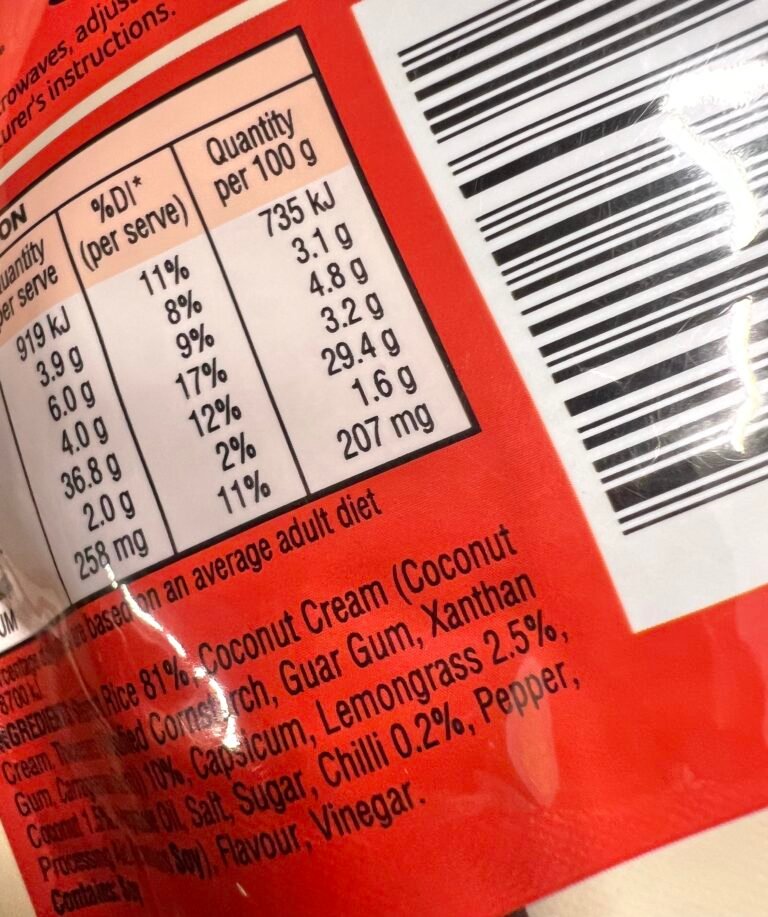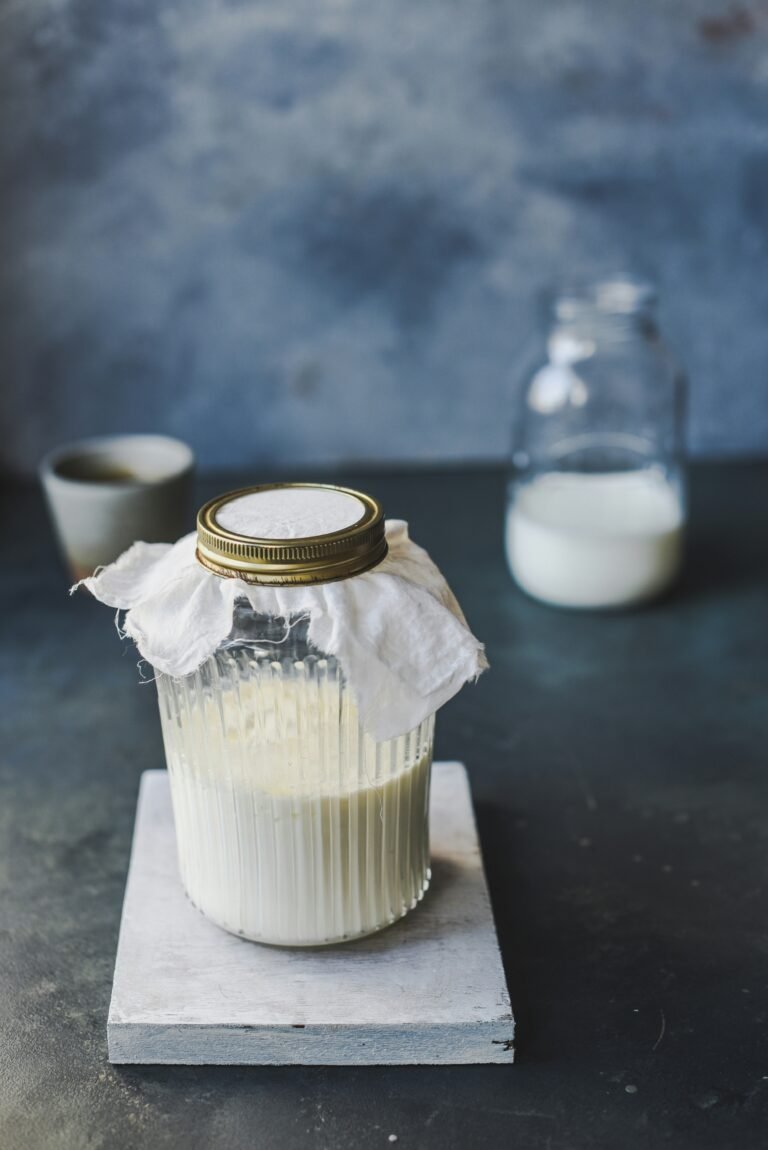Processed to Pieces: How Highly Processed Foods Disrupt Your Microbiome
Modern food often looks nothing like the raw plants and animals our digestive systems evolved to handle. Enter highly processed foods (HPFs)—packages of convenience engineered with preservatives, gums, emulsifiers, stabilizers, and artificial flavors. While they may sit neatly on supermarket shelves, inside our bodies they behave more like alien invaders than trusted allies.

The Microbiome: A Delicate Ecosystem
Your gut microbiome—trillions of bacteria, fungi, and other microbes—runs the behind-the-scenes show of health. It helps digest food, trains the immune system, regulates inflammation, and even influences mood. But this ecosystem thrives on natural, diverse fibers and minimally altered nutrients. When confronted with HPFs, things can get complicated.
Why HPFs Are “Alien” to Digestion
Unlike whole foods, HPFs are stripped of natural fibers, altered beyond recognition, and rebuilt with additives that our bodies never evolved to digest.
- Refined ingredients (like white flour and added sugars) break down too quickly, starving beneficial microbes of the complex fibers they love.
- Artificial additives often bypass normal fermentation processes, leaving microbes puzzled—or worse, disrupted.
- Calorie density without microbial nourishment creates a paradox: you feel “fed,” but your gut microbes are left malnourished.
The result? A weakened microbiome, reduced microbial diversity, and shifts in balance toward bacteria linked with obesity, metabolic disease, and chronic inflammation.

Preservatives: Double-Edged Swords
Preservatives extend shelf life, but their antimicrobial properties don’t stop working at the supermarket. Some can directly inhibit the growth of beneficial bacteria, tipping the microbial scales in favor of hardier, less helpful species. Think of it as spraying disinfectant on a garden—you keep out pests, but the flowers wilt too.
Gums and Emulsifiers: The Silent Disruptors
Food scientists add gums and emulsifiers to improve texture and stability in ice cream, sauces, and baked goods. But inside the gut, these compounds can backfire:
- Emulsifiers (like carboxymethylcellulose and polysorbate-80) can thin the protective mucus layer of the intestine, allowing bacteria to get too close to gut walls. This has been linked to low-grade inflammation and “leaky gut.”
- Gums (such as guar gum or xanthan gum) can alter fermentation patterns. Some may be tolerated, but others fuel gas, bloating, or shifts in microbial balance.
Essentially, these “smooth operators” for food texture can roughen the terrain of your inner ecosystem.
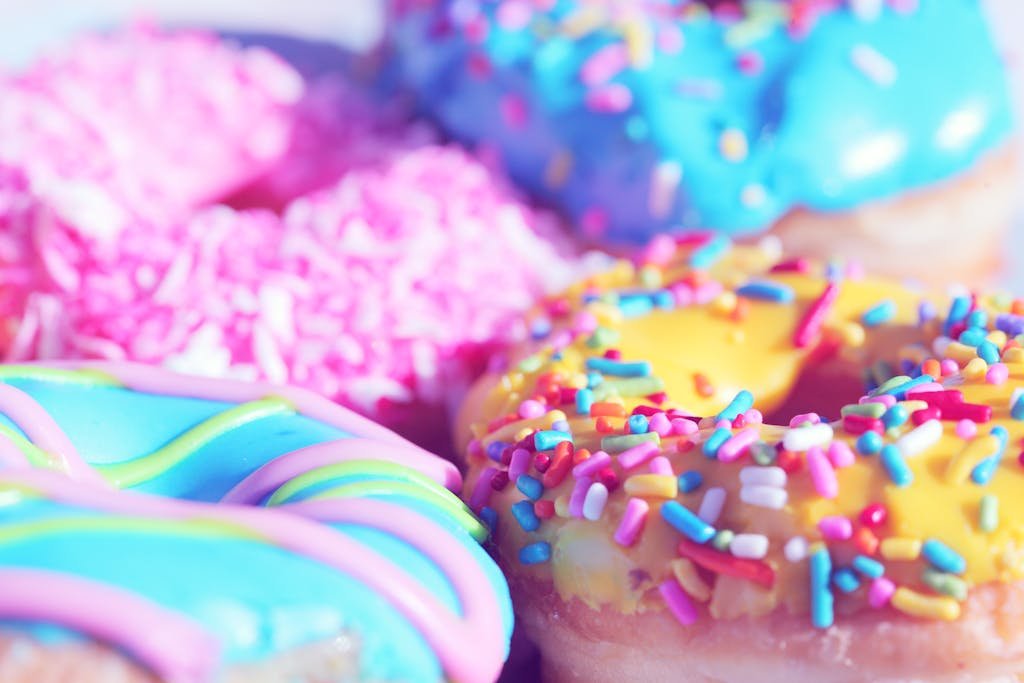
Long-Term Fallout
Habitual consumption of HPFs has been associated with:
- Reduced microbial diversity (a hallmark of poor gut health).
- Higher levels of pro-inflammatory bacteria.
- Increased risk of conditions like obesity, type 2 diabetes, and inflammatory bowel disease.
This doesn’t mean every bite of processed food is a microbial apocalypse, but a steady diet of it rewires your microbiome in ways that favor disease, not health.
The Better Path: Feeding Your Microbes, Not Just Yourself
Your microbes thrive on what food scientists often call “substrates”—fibers, resistant starches, and polyphenols from whole foods. Think vegetables, legumes, whole grains, nuts, seeds, and fermented foods. These nourish beneficial bacteria, helping them flourish and crowd out the less desirable species.
In other words: every time you swap processed food for whole food, you’re not just feeding yourself—you’re gardening your inner ecosystem.
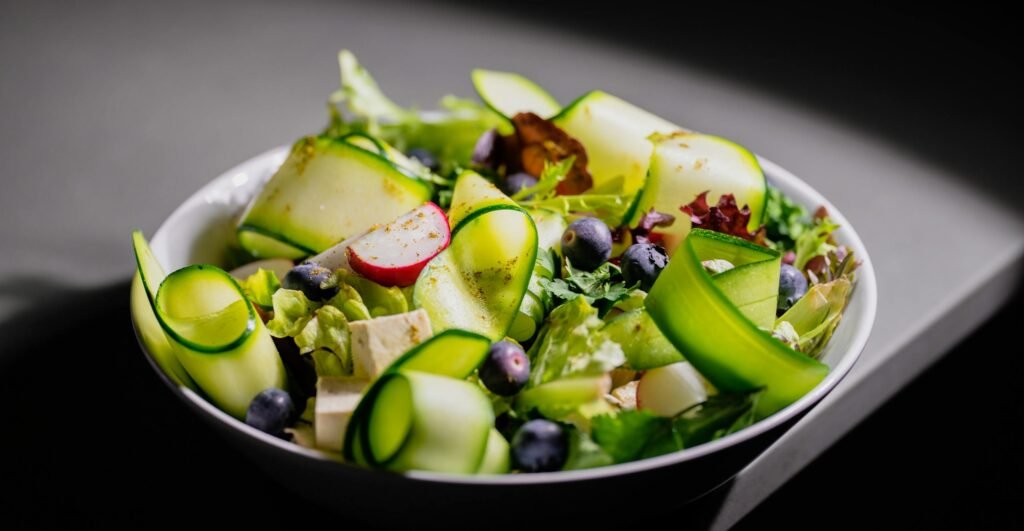
✨ Takeaway: Highly processed foods are engineered for shelf stability and sensory pleasure, not microbial harmony. Preservatives, emulsifiers, and gums often work against the natural digestive and microbial processes that keep us healthy. By limiting HPFs and embracing whole, fiber-rich foods, you give your microbiome the toolkit it needs to keep you resilient, balanced, and thriving.




